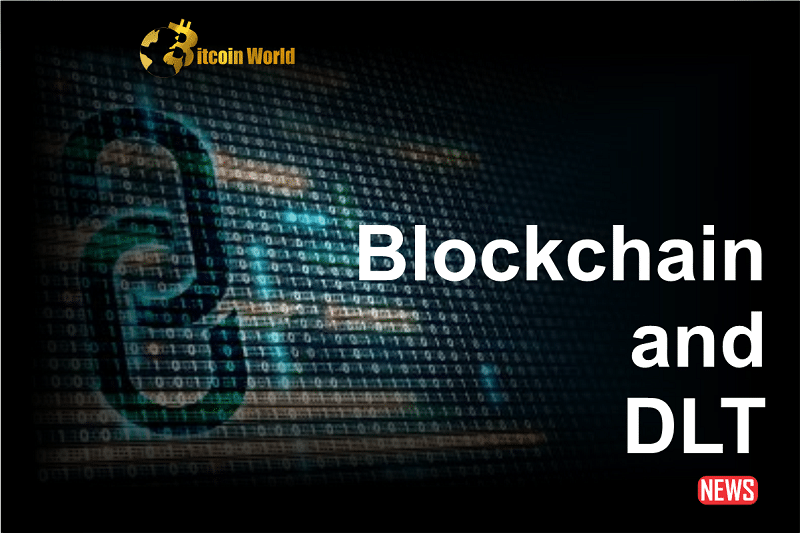
The finance and fintech landscape in late 2022 and early 2023 has been marked by uncertainty and optimism. While some financial institutions and digital asset skeptics may have doubts, the sector is undergoing a historic transformation driven by cutting-edge financial technologies, particularly Distributed Ledger Technology (DLT).
Institutional investors increasingly recognize blockchain technology’s long-term value, with 93% expressing their faith in it. Furthermore, 74% of these investors intend to increase their allocations to the digital asset sector in the coming year, signifying a significant shift in confidence.
However, this rising interest in blockchain adoption among traditional financial institutions faces challenges. The pressing question is how this interest can be translated into tangible action.
DLT, the backbone of blockchain, offers a range of benefits, from democratizing access to capital to unlocking new opportunities in securities issuance, settlement, trading, and servicing. The potential cost savings from implementing smart contracts and DLT in securities markets are substantial, potentially exceeding $100 billion annually.
Moreover, DLT can unlock new liquidity pools, such as the projected $16 trillion global market for tokenized illiquid assets by 2030. This technological leap promises to revolutionize the post-trade landscape, creating a global, asset-agnostic trading and settlement platform accessible 24/7 worldwide.
However, there are significant obstacles on the path to realizing this vision. The primary challenge lies in adapting universal laws and regulations that traditional financial institutions can rely upon. The current domestic and asset-specific legal framework inhibits global adoption. To foster a global ecosystem, asset-agnostic regulations must be embraced.
Another challenge is international standards for a Universal ID and credential scheme, essential for decentralized banking’s potential. Collaboration between tech-savvy banks and regulatory bodies can establish a unified framework to address this issue.
The most formidable barrier for banks is change management. Adapting to instant settlement, liquidity provision, and global operation around the clock will be challenging. It also means letting go of revenue streams tied to market inefficiencies that blockchain solutions will resolve.
The recent developments in fintech and finance underscore the need for a shift in perception toward digital assets and DLT. Success in the institutional adoption of digital assets hinges on embracing change, global standardization, and avoiding complacency. It’s a future that promises to reshape the financial landscape in the next five to ten years.
In conclusion, while blockchain technology holds immense promise, the key to success is addressing global standardization and change management. By doing so, the financial industry can navigate the transformative journey towards a blockchain-powered future.
The post Overcoming Challenges for Institutional Adoption of Blockchain and DLT appeared first on BitcoinWorld.















